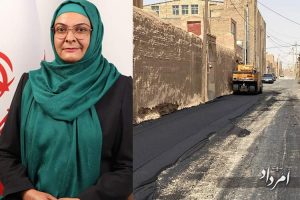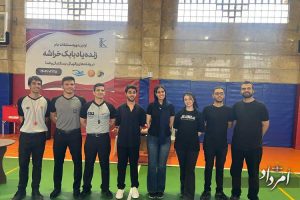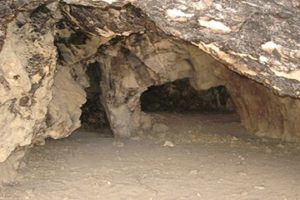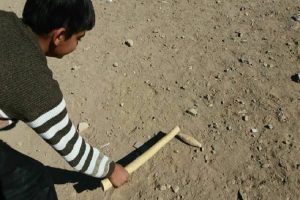Varzaneh is the name of a desert in Isfahan province. About a hundred kilometers from the city of Isfahan, there is a village called Varzaneh and a desert named after the village, “Varzaneh Desert.” This desert is 150 km away from the west of Yazd province. Therefore, it can be assumed that Varzaneh is located in the middle of Isfahan and Yazd provinces and has given rare beauty to that part of our country. When the Gavkhouni lagoon and the Zayandehroud river were full of water, and its sights dazzled the eyes of every beholder, the Varzaneh desert had more value from the point of view of tourism. It is not far from this desert to the cities of Ardestan, Anark, and Shahreza.
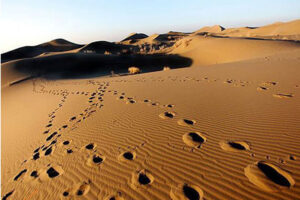
Varzaneh desert is also known by the name of Khara desert. However, some do not consider Khara desert to be the same as Varzaneh desert and think that these two are two separate areas. It is 30 kilometers from the Khara Desert to the Varzaneh Desert. The extent of this beautiful desert is nearly 17 thousand hectares.
What gives Varzane desert a unique feature is its dunes. Each of those natural protrusions has different shapes; Some are crescent, and some are pyramidal. Varzaneh is thus one of the most beautiful deserts in Iran. But, with the drying up of many parts of the Zayandeh River and Gavkhouni Lagoon, Varzaneh has also lost some of its tourist attractions. One of the reasons for the growth of plants and the gathering of wildlife in the Varzaneh desert was the presence of the same two rivers and wetlands. As they dry up, plants will not grow, and nature will become scarce. Iran’s ecosystem has fallen into such a state due to drought in some regions!
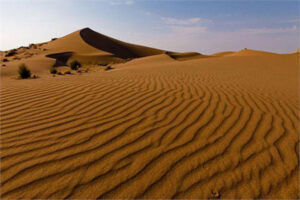
Because of the sand dunes of Varzaneh, tourists can experience sports activities such as riding the 4-wheeled motorbikes, camel riding, and off-road ride and thus spend pleasant and memorable days in the Varzaneh desert. Those who don’t have the heart and courage to do such risky activities can experience the joy of seeing the desert on a desert tour.
We already mentioned the animal habitat of the Varzaneh desert. The fox and saragape (common buzzard) are spectacular, like other species of wildlife. We should also mention some other sights around the Varzaneh desert. One is Ghuratan Pigeon Tower, and the other is Ghuratan Castle and Qaleh-ye Khorgushi. Ghuratan tower looks like a small one from an architectural point of view. Its exterior has no protrusions. It has a height of nearly 30 meters and is made of 12 semicircular blades. Ghuratan is a dovecote tower. Ghuratan is perhaps the only dovecote tower in Iran where pigeons still nest.
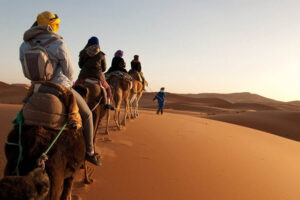
Ghuratan Citadel or fortress is 1100 years old and was built in the Al-Buye period. Pigeon House and Ghuratan Castle monuments are 20 kilometers away from the Varzane Desert. Qaleh-ye Khorgushi is also 60 km from Varzaneh desert, a stone caravanserai built during the Safavid rule over Iran.
About the etymology of the name Varzaneh, they have said that it means “planting seeds” or maybe “working on land”. In any case, this name suits the profession and lifestyle of the people of Varzaneh. They are land cultivators and farmers, and masters at making handicraft; traditional cloth weaving is also very prosperous there. From a historical point of view, Varzaneh is considered an old village. The old Varzaneh bridge, its Shah Abbasi caravanserai, ancient windmills, and many water reservoirs prove this village’s longevity. In addition, it is necessary to mention the dovecotes, whose names and signs are abundant in Varzaneh.
The temperature of the Varzaneh desert is low at night. Especially in autumn and winter when the cold reaches minus 10 degrees. But summers of Varzaneh are pleasant, and the best time to go there.






